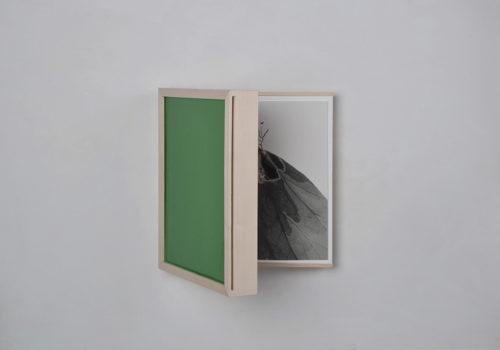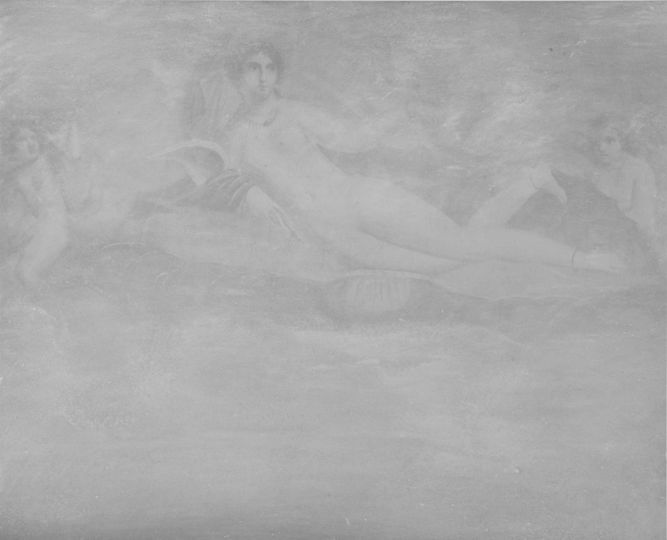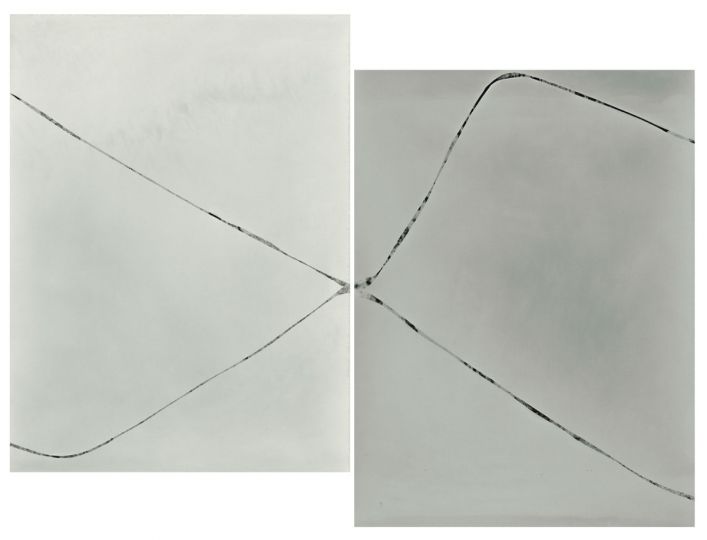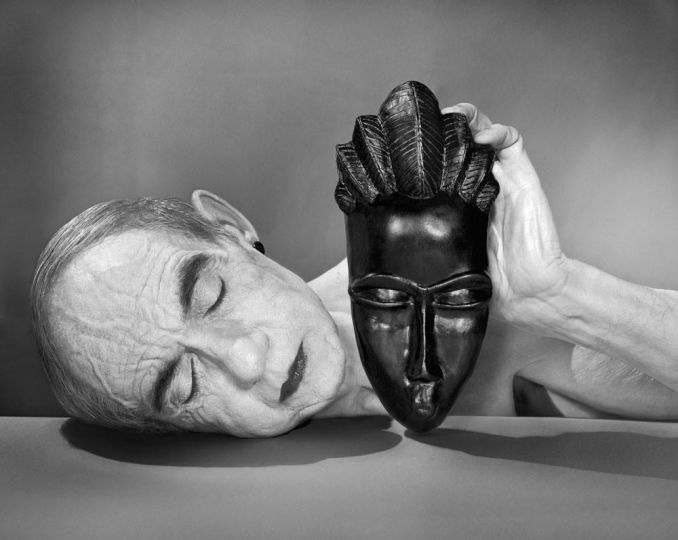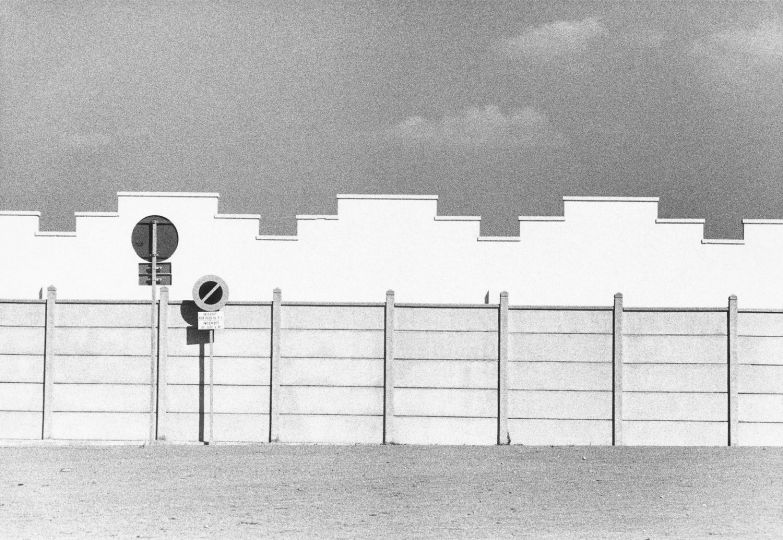With her series “Latenza” shown at the Bigaignon Gallery, Vittoria Gerardi traces back to the source of images in an abstract and mysterious symphony, fundamentally full of life.
In 2017, Vittoria Gerardi exhibited for the first time at the Bigaignon Gallery. The Italian artist, born in 1996, showed landscapes bordering on abstraction, created during a three-week journey in the Desert Valley (United States). The artist presented meticulous prints, admirable for their shades of gray, which stretched space and light, opening the viewer’s gaze to the imaginary. The landscape became a mere support, certainly not a representation, but an idea in itself, recomposed in fragments, cut out, and superimposed. Everything was just a game, already elegant with light.
Two years later, Vittoria Gerardi returned to what was still the apartment-gallery on Charlot Street, the latter now nestled in a soft setting in its forms and spacious in its volumes, on Bourg-Tibourg Street in Paris. The artist once again embraced the sources of photography with hers series “Pompéï”. Space, light, but also memory and resurgence by concealing, like the ruined city of Pompeii, prints in plaster. These clichés remained like the city, prisoners, if not partially erased. “In Pompeii, what is revealed always remains somewhat veiled!” she announced.
Vittoria Gerardi continued her research with “Latenza.” There is no revolution but an insoluble pursuit, as one falls deeper and with delight into Dante’s inferno, of what is essentially photographic. If one may say so, Vittoria Gerardi pulls the thread of photography. Through her works and her whims, she seeks to distance herself from the original etymology: photo, light. Graphy, to write, to trace.
The series is based on an elaborate method that requires attention, which my clumsy, inexperienced words struggle to describe. Let’s try the exercise. What the viewer initially sees resembles a wooden box whose cover is adorned with copper plates of different bright colors from one box to another. Dark greens, deep blues or azure, creamy white to mimosa yellow, all are pearly.
The viewer has the choice to open these boxes or not, in a gesture reminiscent of On Kawara’s Date Paintings, which forcefully inscribes the work of the Italian artist in a history of conceptual art, to discover two distinct sets: the inside of the box itself, the reverse, if you will, of the copper plate, and inside, an unfixed print.
“Not fixed” means, for those unfamiliar with basic chemistry of silver printing, that the image is susceptible to change up to a certain point as soon as it is exposed to light. The print is somewhat naked, unprotected. Like our skin under the stars, it is susceptible to reddening, greying, burning, blackening. As the gallery owner Thierry Bigaignon summarizes, “Vittoria Gerardi’s photographic paper literally develops as it is exposed.” In other words, the image evolves over time. Rather than yellowing, curling, evolving with its support, the artist offers to alter the image itself, its motif, what is represented.
But what is shown on the photosensitive paper is the very source of life: the process of photosynthesis. These are fragments of vegetation, tree leaves (to borrow Walt Whitman’s latent poetry), used sometimes as a negative, sometimes as a substrate. Nothing less than roots, the envelope of a leaf, its stipulates, blades, and veins.
The vegetation imposes itself on the paper (which is itself, let’s remember, derived from vegetation) and evolves if the viewer chooses to expose it. The one who opens the box deliberately chooses life, to a certain extent. They make the print grow, sprout, evolve, numerous metaphors to express the dizzying feeling before the process applied by the artist. The viewer is the master of what the artist has bequeathed to them, they also become aware of the ontological link that unites photography with life: mastery of time as well as light.
Digital photography, through its process and its multiplication of images, has somewhat erased in our time the act of photographing in its own right. Without being passé, without denying its multiplied uses, a source of daily joys, it is wise to remember where an image comes from. What Vittoria Gerardi shows, and what her meticulous process reveals, forms a journey in itself through the cycle of life.
The formula may sound grandiloquent, but it is nonetheless the very heart of “Latenza.” The artist becomes a messenger, transitioning from photosensitivity to photosynthesis. By making her works the recipient of light, she evokes the mechanisms of life, its evolutions and fragilities, its burned and abstract character, where ideas circulate allowing one to grasp its mysteries. The series is, by its dizzying principle—the light being both subject, object, and means, and in its form, like harmony. vertigo and beauty, isn’t that life?
Vittoria Gerardi – Latenza
Bigaignon Gallery
From March 14th to April 20th, 2024
https://bigaignon.fr/vittoria-gerardi-latenza

